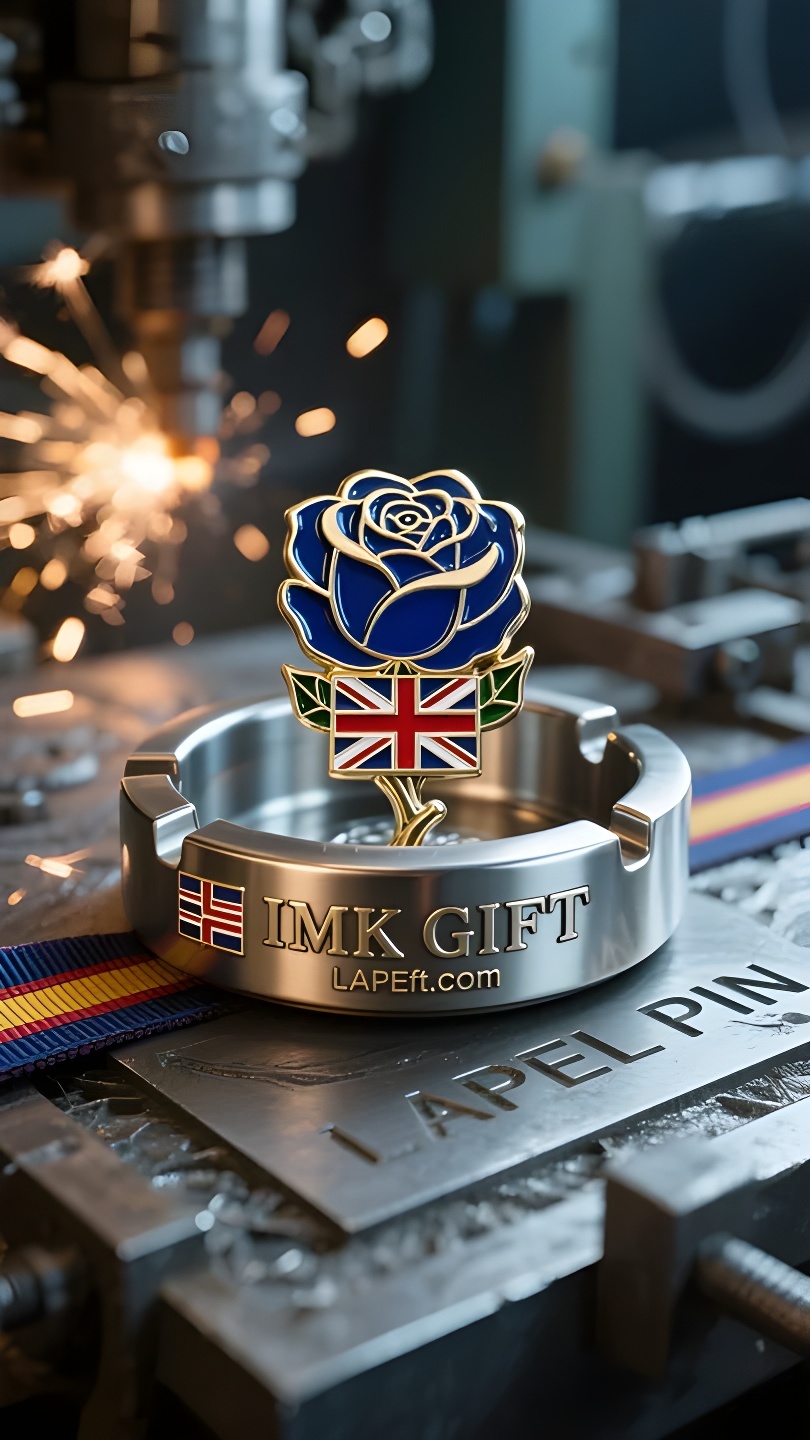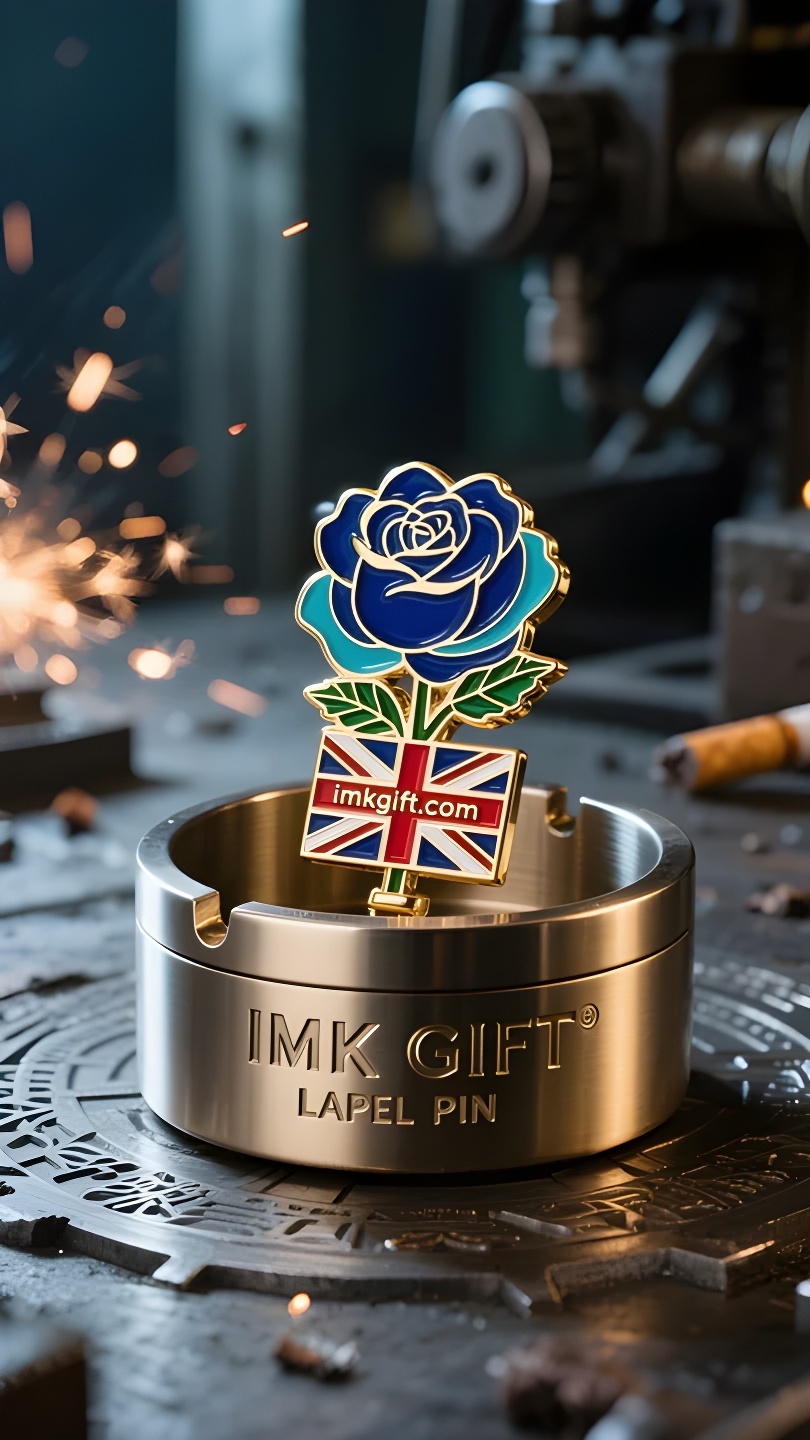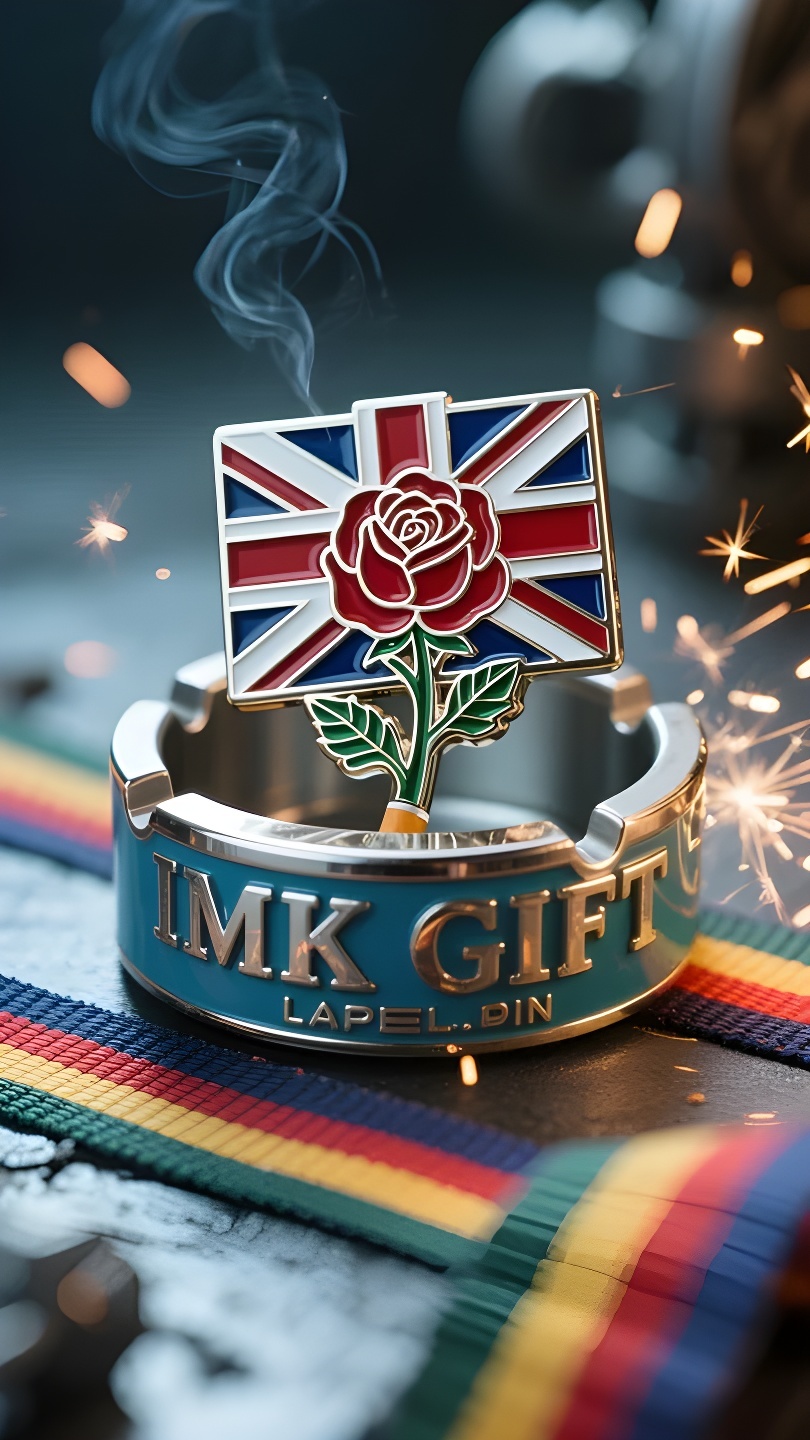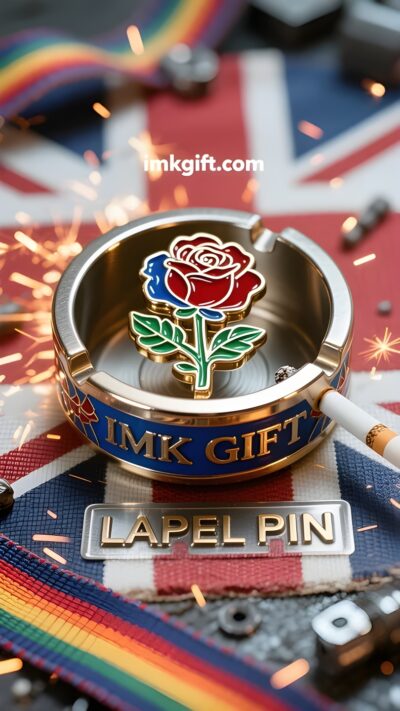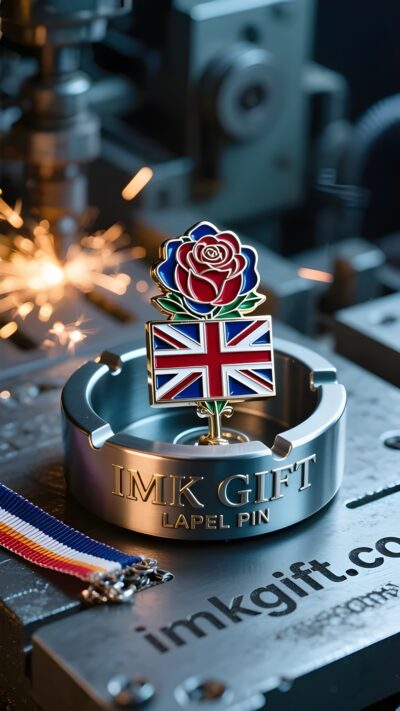in984-Eternity-blooming-from-the-ashes
▼
On the streets of London in October, the St. George’s Cross flag unfurls in the autumn wind, and the red and white lines become more distinct under the dark clouds. In the windows of bookstores in this city, there are Tudor Rose ashtrays commemorating the 538th anniversary of the end of the War of the Roses. The red and white roses are eternally intertwined on the ceramic embryo, and the container of ashes contains the metaphor of the reincarnation of history. In 1492, Henry VII melted the red rose of Lancaster and the white rose of York into a two-color coat of arms, and the stems and leaves intertwined on the ashtray solidified this moment. The smoke of the once bloody battlefield turned into ashes and fell into the grooves of the container, becoming fertile soil for nourishing new life in the tempering of time. Just like the St. George’s flag was stained with a hundred years of war, but it was eventually sublimated into a totem of tolerance and symbiosis in the United Kingdom. Every rainy morning, countless extinguished sparks are left on the cobblestones where the boots of the Buckingham Palace guards knock. But the ashes never really die – they lie dormant in the rose-patterned ceramic vessel, waiting to be blown up by the wind one sunny day. Just as the pendulum of Big Ben never stops, the disputes and compromises, the brokenness and reconciliation of the past all complete the fateful cycle in the arc of the ashtray. When the afternoon sun pierces the clouds, the ceramic rose wakes up in the glass window. The properly placed embers are now turning into gold powder, flowing along the veins of the petals into the future.
Na ulicach Londynu w październiku flaga z Krzyżem Świętego Jerzego rozwija się na jesiennym wietrze, a czerwone i białe linie stają się wyraźniejsze pod ciemnymi chmurami. W oknach księgarń w tym mieście znajdują się popielniczki Tudor Rose upamiętniające 538. rocznicę zakończenia Wojny Dwóch Róż. Czerwone i białe róże są wiecznie splecione na ceramicznym zarodku, a pojemnik z popiołami zawiera metaforę reinkarnacji historii. W 1492 roku Henryk VII stopił czerwoną różę Lancaster i białą różę York w dwukolorowy herb, a łodygi i liście splecione na popielniczce utrwaliły ten moment. Dym niegdyś krwawego pola bitwy zamienił się w popiół i wpadł do rowków pojemnika, stając się żyzną glebą do odżywiania nowego życia w hartowaniu czasu. Podobnie jak flaga św. Jerzego została poplamiona stuletnią wojną, ale ostatecznie została przekształcona w totem tolerancji i symbiozy w Zjednoczonym Królestwie. Każdego deszczowego poranka niezliczone zgasłe iskry pozostają na bruku, gdzie pukają buty strażników Pałacu Buckingham. Ale popioły nigdy tak naprawdę nie umierają – leżą uśpione w ceramicznym naczyniu z motywem róż, czekając, aż wiatr rozwieje je pewnego słonecznego dnia. Tak jak wahadło Big Bena nigdy się nie zatrzymuje, tak spory i kompromisy, rozbicie i pojednanie przeszłości, wszystkie dopełniają fatalnego cyklu w łuku popielniczki. Kiedy popołudniowe słońce przebija się przez chmury, ceramiczna róża budzi się w szklanym oknie. Właściwie umieszczone żary zamieniają się teraz w złoty proszek, płynący wzdłuż żył płatków w przyszłość.
十月的伦敦街头,圣乔治十字旗在秋风中舒展,红白相间的纹路在阴云下愈显鲜明。这座城市的书店橱窗里,陈列着纪念玫瑰战争终结538周年的都铎玫瑰烟灰缸——红白双色玫瑰在陶瓷胚胎上永恒交缠,灰烬的容器里盛着历史轮回的隐喻。
1492年,亨利七世将兰开斯特红玫瑰与约克白玫瑰熔铸成双色纹章,烟灰缸上缠绕的茎叶便凝固着这个时刻。曾经染血的战场硝烟化作灰烬,落入容器的凹槽,在时间淬炼中成为滋养新生的沃土。就像圣乔治旗浸染过百年战火,却最终升华为联合王国包容共生的图腾。
每个阴雨绵绵的清晨,白金汉宫卫兵靴跟叩响的石板路上,都遗落着无数被踩灭的星火。但灰烬从不会真正死去——它们蛰伏在玫瑰纹样的陶瓷器皿里,等待某个晴天重新被风扬起。正如大本钟的钟摆永不停歇,昔日的纷争与妥协、破碎与弥合,都在烟灰缸的圆弧中完成宿命的循环。
当午后阳光刺破云层,陶瓷玫瑰便在玻璃橱窗里苏醒。那些被妥善安放的余烬,此刻正化作金粉,沿着花瓣的脉络流向未来。
▼
Contact Us
📞 Tel: +0086-760-85286839
📧 Email: sales3@imkgift.com

